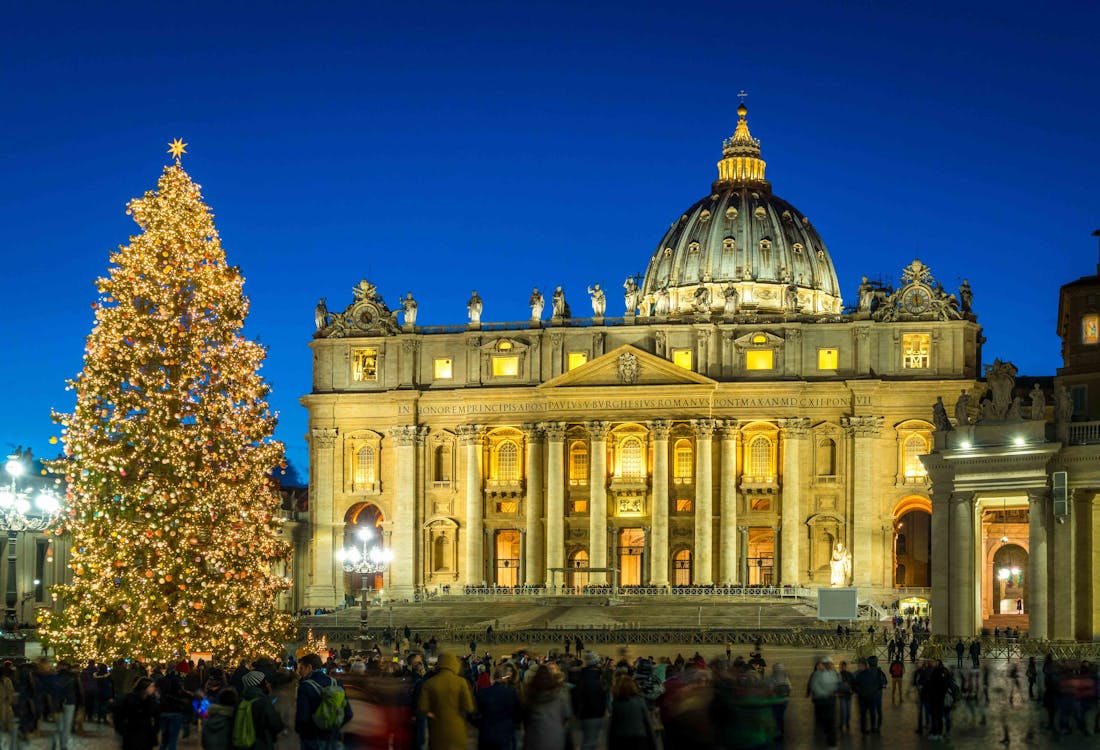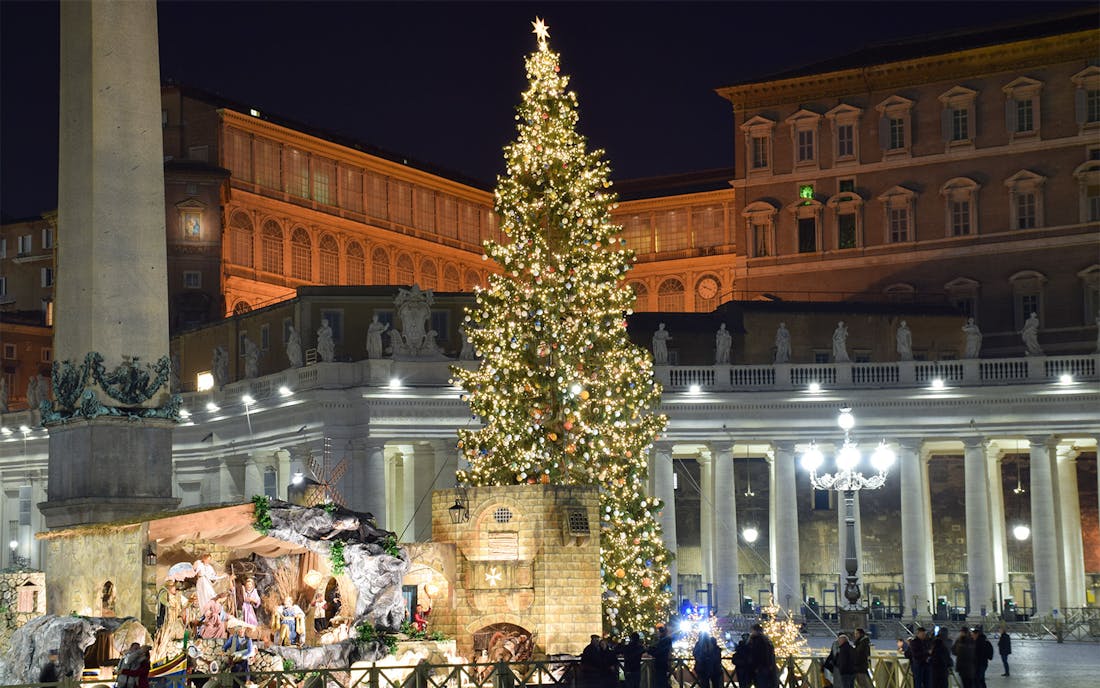Tucked away inside Vatican City sits one of the world's most secretive yet intriguing collections—the Vatican Apostolic Archives. Mentioned in whispers, novels, and documentaries alike, these archives are stacked with centuries of hidden stories and historical gems. Okay, sure, you won't be strolling in for selfies anytime soon, but even knowing it's there—a hidden labyrinth beneath Vatican streets—makes any Vatican visit feel like a Da Vinci Code adventure.
Here's something cool: these archives aren't confined to just one musty room or basement chamber. The old manuscripts, secret correspondences, and historic treasures are scattered across multiple repositories. They reflect the multifaceted roles the Holy See has held over the years: from spiritual center to royal court—and once upon a time, even the government of the Papal States.

What exactly are the Vatican archives?
First thing first: the Vatican Archives (once mysteriously called the Archivio Segreto Vaticano, but now officially the Archivio Apostolico Vaticano), are essentially the Church’s vault. Established in 1612 by Pope Paul V, their purpose was practical and straightforward: safeguarding centuries-old paperwork, critical documents, and scribbles of history that were previously scattered and vulnerable.
Back then, remember, the Catholic Church was ruling territories, negotiating deals with kings, queens, explorers, and scientists. Managing diplomacy, politics, and theology meant piles of paper. Thus, deadlines demanded archives (yeah, even back in 1612).
As the Church's roles evolved, ruling the Papal States till 1870 and then governing Vatican City from 1929 onward, record-keeping became crucial—think ancient version of the Cloud, minus the cloud and plus a lot more parchment.
What's actually inside the Vatican archives?

We’re talking about over 53 miles worth of shelves—that’s basically from Rome to Naples packed end to end with paper. Items dating all the way back to AD 850 live here—organized meticulously by the office or department that originally produced them.
Here’s a glimpse into what’s hidden away:
- Papal correspondence: Letters between Popes and kings, queens, and major figures like Henry VIII and Michelangelo.
- State papers: Diplomatic deals, secrets, and reports from Vatican embassies across the globe.
- Canonical trials: Including the trial records of Galileo Galilei.
- Council records: Detailed minutes from significant Church councils, like the Council of Trent.
- Medieval manuscripts: Beautiful hand-written texts, some gorgeously illuminated.
- Maps and architectural plans: Original sketches mapping out Vatican City and missionary outposts worldwide.
If you were to walk through the Archives, you’d see vast reading rooms for scholars, climate-controlled vaults for fragile documents, and deep underground corridors built to withstand both war and time.
And mind you, all this isn't Google-able. Finding one document can require navigating several indices:
- Modern Indici: Clear, provenance-based tools created over the last 80 years.
- Old Indices: Compiled before 1881, often tricky to use and sometimes inaccurate due to losses during events like the Napoleonic wars.
- Specialized Indices: Unique lists like the Schedario Garampi, which help researchers find documents grouped by personal interests or projects.
A quick history of the Vatican Archives
- AD 850: Earliest records now housed in the Archives created.
- 1612: Pope Paul V formally establishes the Vatican Archives.
- 1881: Archives opened to scholarly research under Pope Leo XIII.
- 1989–1998: University of Michigan leads a major descriptive and database project.
- 1998: Congregation for the Doctrine of the Faith (Inquisition archives) partially opened.
- 2019: Archives renamed "Apostolic Archives" by Pope Francis.
Modern changes have brought the Vatican Archives into the digital era. A huge project between 1989 and 1998, led by archivists from the University of Michigan, created a standardized database to help researchers worldwide. Today, if you visit major research libraries or the official Vatican Archives website, you can even get a glimpse into how the collections are structured. However, the Archives continue to evolve — and full digital access remains extremely limited.
What's with all the secrecy and conspiracy theories?
Nothing spices up history like secrecy—throw in religion and power, and it's irresistible. You’ve likely heard tales (or at least Netflix special summaries) suggesting everything from ancient, alien secrets to hidden Biblical prophecies locked deep inside.
In reality, some genuinely sensitive material is kept there, including records from the Catholic Inquisition and the infamous Index of Forbidden Books — lists of texts once banned by the Church. A major event came in 1998, when records from the Congregation for the Doctrine of the Faith (formerly the Holy Office of the Inquisition) were opened for scholarly study for the first time since 1542.
Even though the Vatican strictly controls what becomes public, just knowing these pieces of history exist adds to the Archives’ legendary status.
Who can access the Vatican Archives?
Here’s the straightforward answer: if you’re visiting Vatican City, you can’t just walk in and browse.
Access is limited to qualified scholars — historians, researchers, journalists — who must apply for permission months in advance. Requirements include:
- A research project proposal.
- A letter of recommendation from a recognized institution.
- Proof of scholarly credentials.
If granted access, researchers can request up to five items per day and must work within strict reading rooms. Also, don't expect to see everything — some materials, especially anything newer than 1922, remain sealed. If you're curious, or ambitious enough to apply, the official Vatican Archives portal provides the guidelines.
Back in history, only the Pope and select officials could access the Archives. So the fact that anyone at all can study them today is a relatively modern phenomenon — one that still requires a lot of patience, paperwork, and a little bit of luck.


